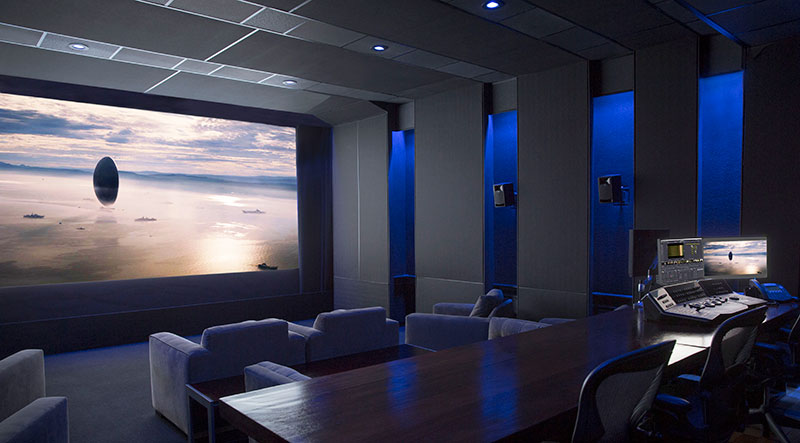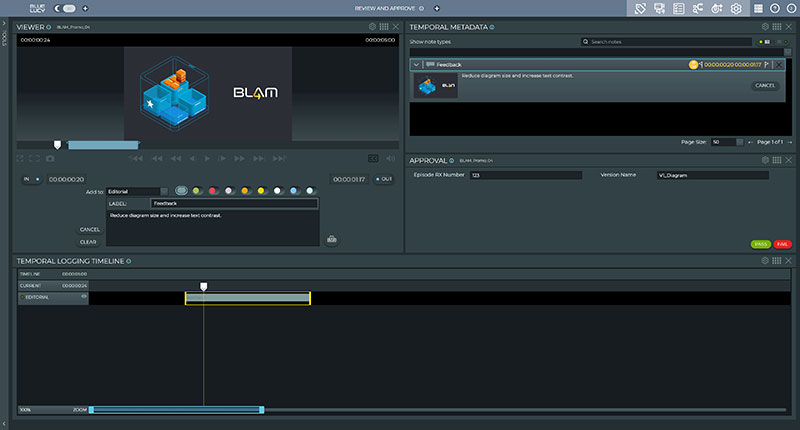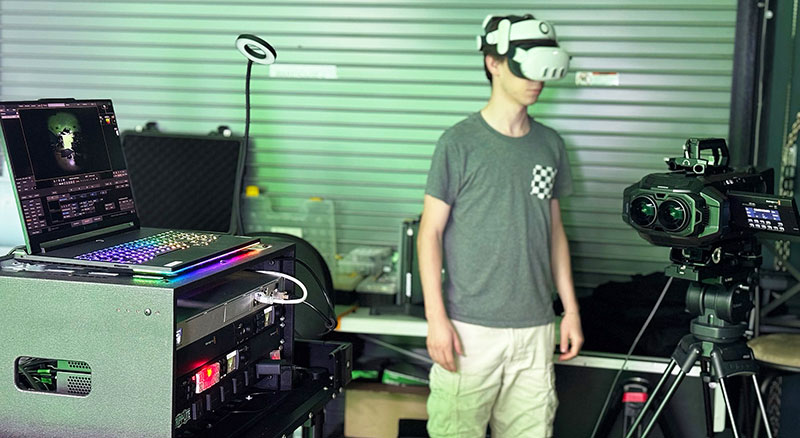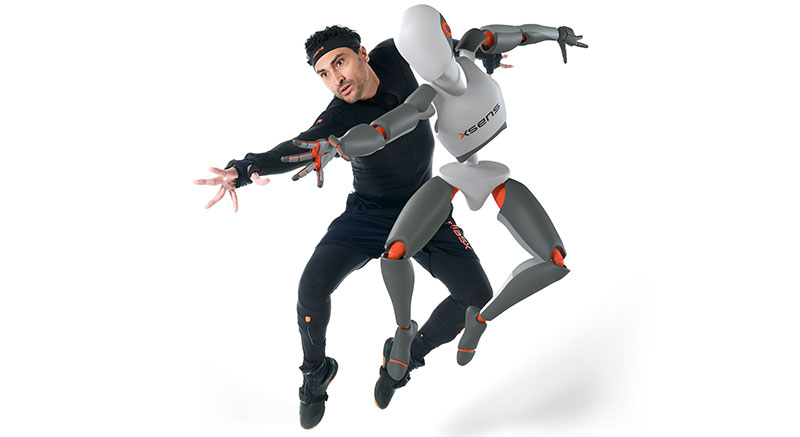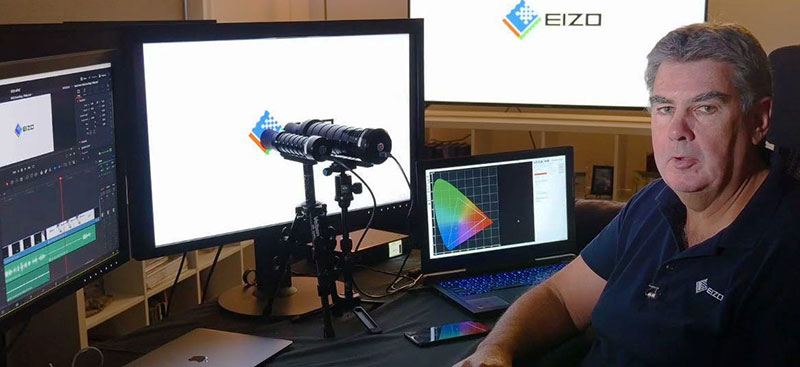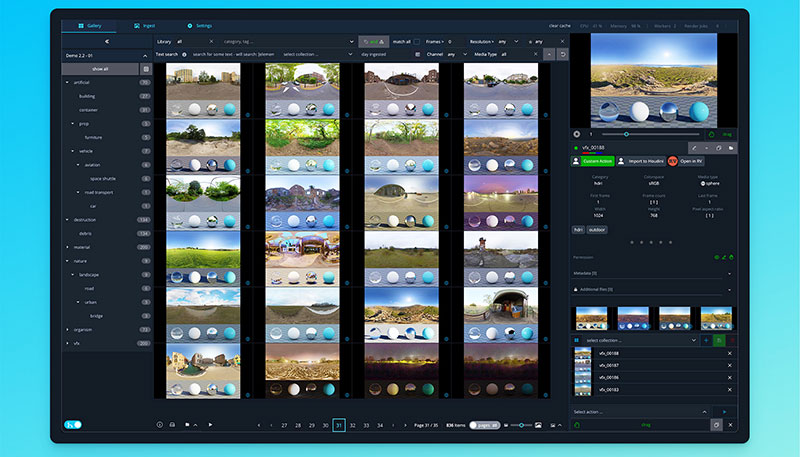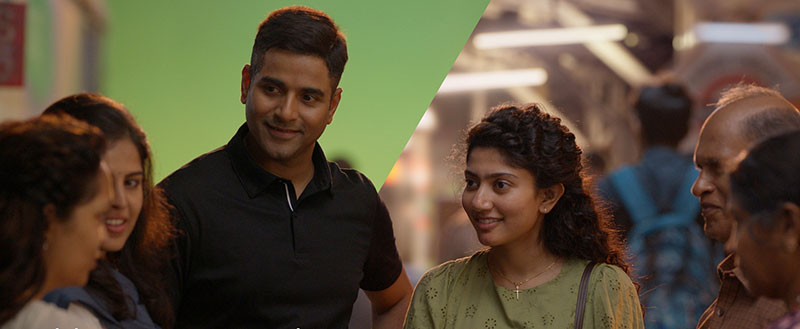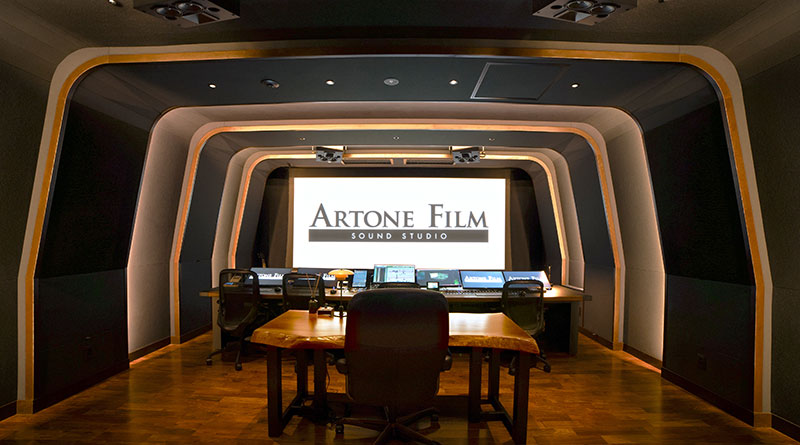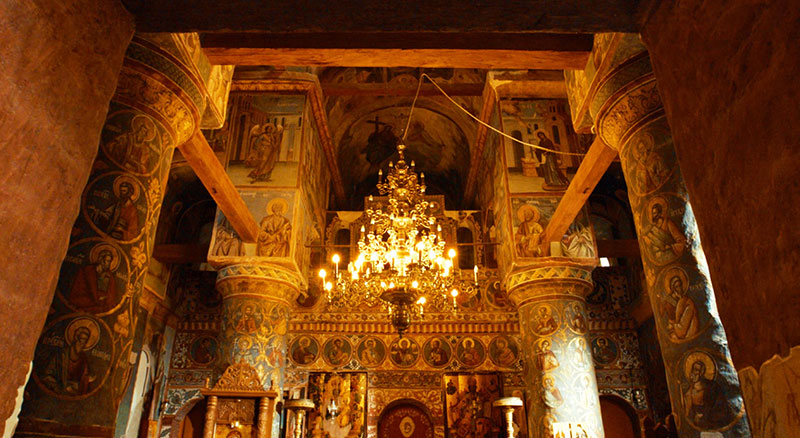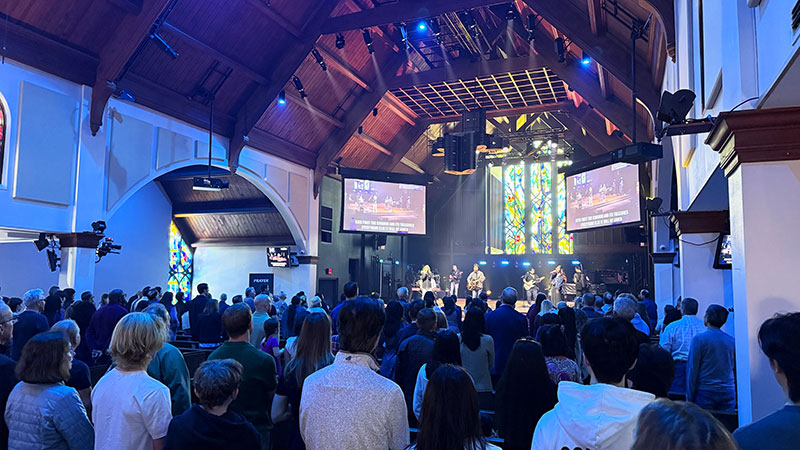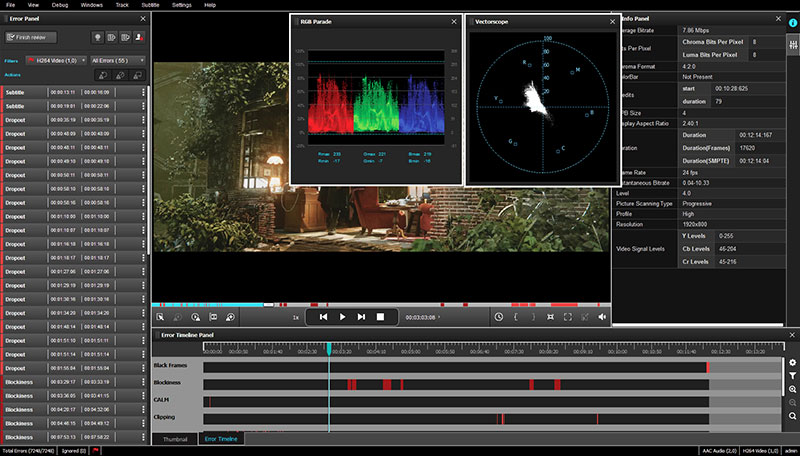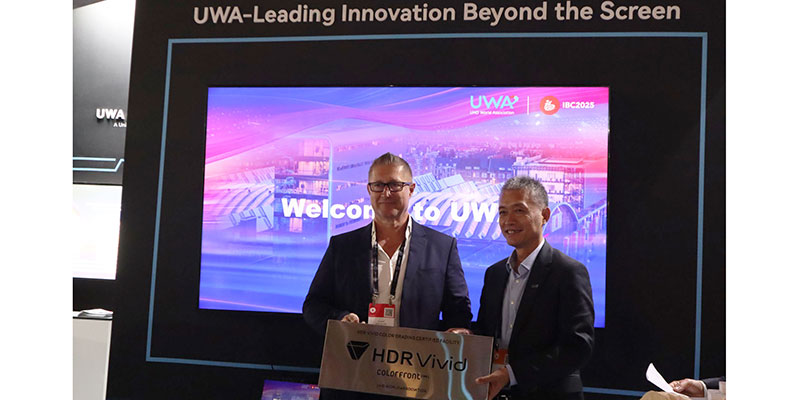Film editor Kiyoshi Hirose talks through the special case of editing anime productions, and how DaVinci Resolve and Blackmagic Cloud can make anime post more professional and efficient.
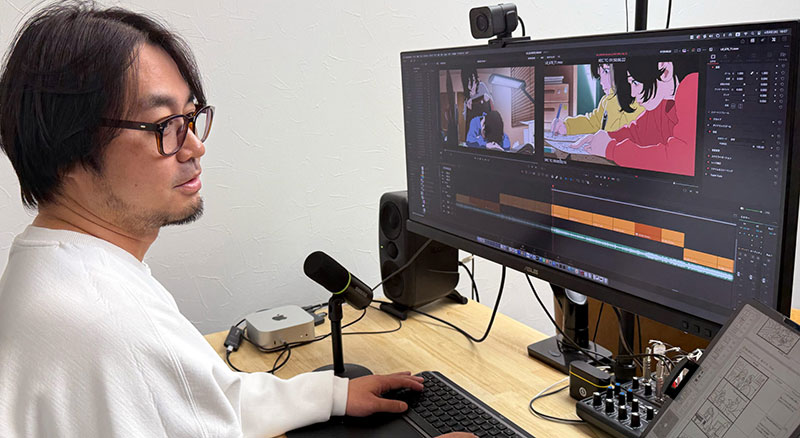
Film editor Kiyoshi Hirose, known for his work on many anime projects, was the editor of anime feature film Look Back. This hour-long anime movie, an adaptation of a manga created by Tatsuki Fujimoto and directed by Kiyotaka Oshiyama, was a huge success when it was first released in Japan in mid-2024. It finally received international release on Amazon Prime Video in November. Tatsuki Fujimoto is known for creating an earlier hit manga title, Chainsaw Man, which was adapted into an anime series.
Kiyoshi Hirose is the CEO of Editz, a post production company specializing in anime editing. The company has worked on many projects, including ‘Look Back’ and the well known anime series Dandadan. Hirose has an unexpected background, having transitioned from working as a hairdresser to a career in post production. After using various editing systems and software, he officially introduced DaVinci Resolve Studio into his company’s workflow in 2022.
Finalised Image Data
"Unlike live action editing, anime editing does not involve working with compressed, low resolution proxy footage. Instead, we use finalized data from the start. There is also no division between offline and online editing as in live action – we handle the process right up to mastering. That’s why we were looking for software that we felt confident could handle the final output," said Hirose.
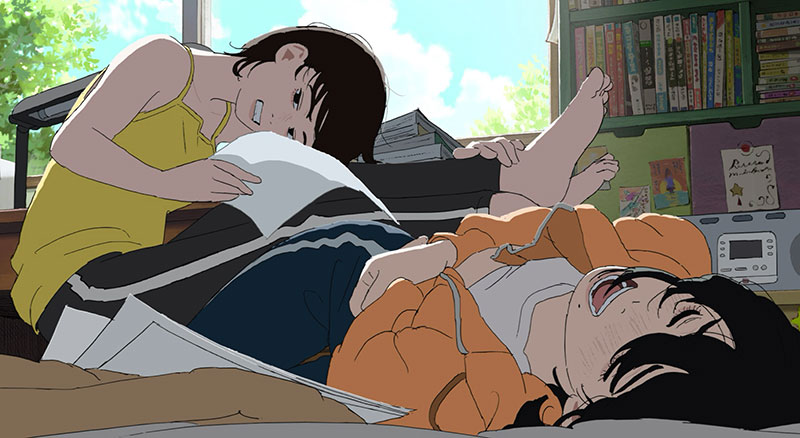
"DaVinci was originally a high end turnkey system, but as it became more accessible to individuals, I became interested in it,” he noted. “It integrates not only editing but also grading and compositing into a single software package. DaVinci Resolve is also extremely flexible. The editing system we previously used required importing assets into the system by converting them to specific file formats. However, DaVinci Resolve references files directly from their storage location, making it much easier to share data even when our collaborators are using other software."
For Look Back, the editing process followed a workflow in which the director first created a video storyboard. Hirose then recorded temporary dialogue, edited it into the DaVinci Resolve timeline, and determined the duration of each cut. The keyframes were then created based on these durations and edited into the timeline. The grading for the film was done at post production company qooop. Inc. also using DaVinci Resolve Studio and DaVinci Resolve Advanced Panel.
"Anime projects involve frequent revisions," said Hirose. “As layouts and key animations are delivered, and retakes occur, the timeline must be constantly updated. To improve efficiency, we scripted an automation process where replacement cuts are automatically added into the Take Selector."
Cloud Workflow
Previously, Editz managed editing data on an in house project server, but they have migrated to Blackmagic Cloud. Currently, they manage around 15 anime series and six theatrical anime projects on Blackmagic Cloud.
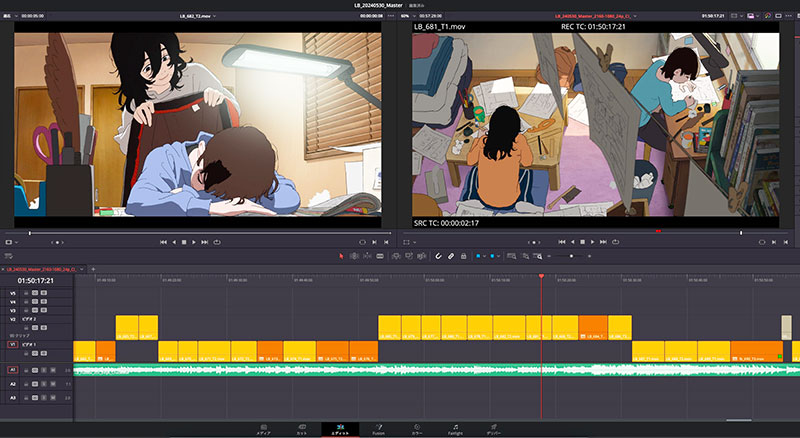
"Having all projects on the cloud makes management much simpler. If the director or production company has DaVinci Resolve, we can share projects instantly. When working with people who don’t use DaVinci Resolve, we sometimes share the timeline screen via Zoom for remote editing. In such cases, we use the ATEM Mini," Hirose said.
"We’re sometimes asked to go on site to work on editing at external production companies. However, by having them install DaVinci Resolve and share the timeline and assets with us, we can now handle tasks like replacing cuts online. This has significantly reduced the need for in-person visits. Previously, we had to schedule visits every time replacement cuts accumulated, but now we can handle them whenever we have time, which has made it much easier to keep projects moving along."
Editing as the Hub
Thinking about what these developments now mean for his specialised line of work, he believes that editing can become the central hub of anime production. For example, the artists can immediately replace daily footage from the production team, allowing all teams to check the latest timeline. This helps detect errors early and manage progress without wasting time.
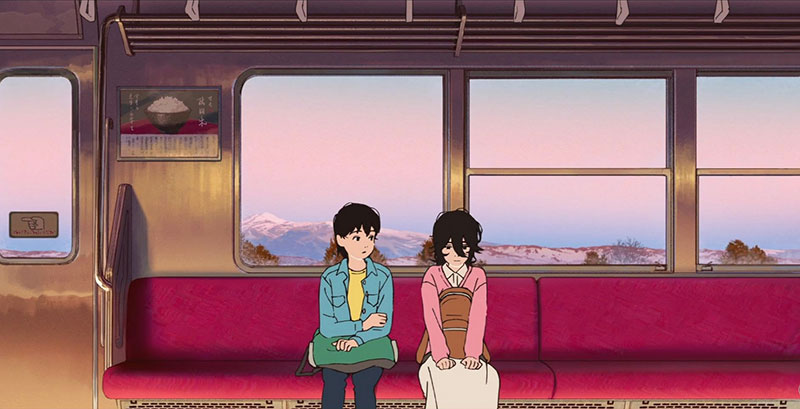
Furthermore, the compositing team usually adjusts brightness and shadows cut by cut, but it's more efficient to fine tune these elements when viewed in the context of an entire scene. “By sharing the DaVinci Resolve timeline, they can adjust colours while seeing the whole sequence,” said Hirose.
"We consolidate all section data within the editing process and distribute the full project to each team. Their feedback then comes back to editing, and ultimately, those comments appear in the production the audience sees. I perceive DaVinci Resolve at the core of this process." www.blackmagicdesign.com




